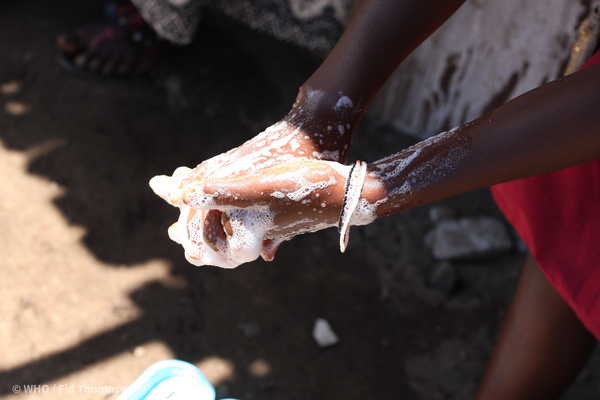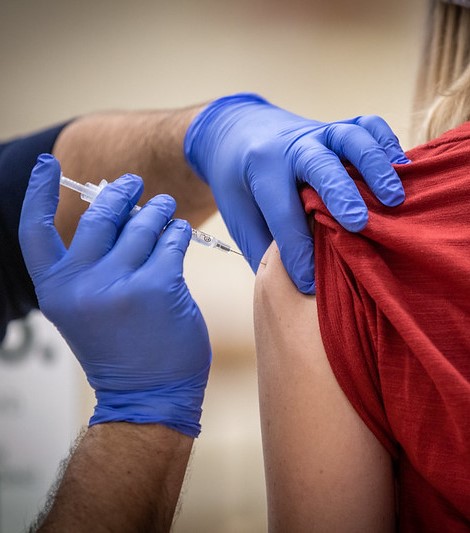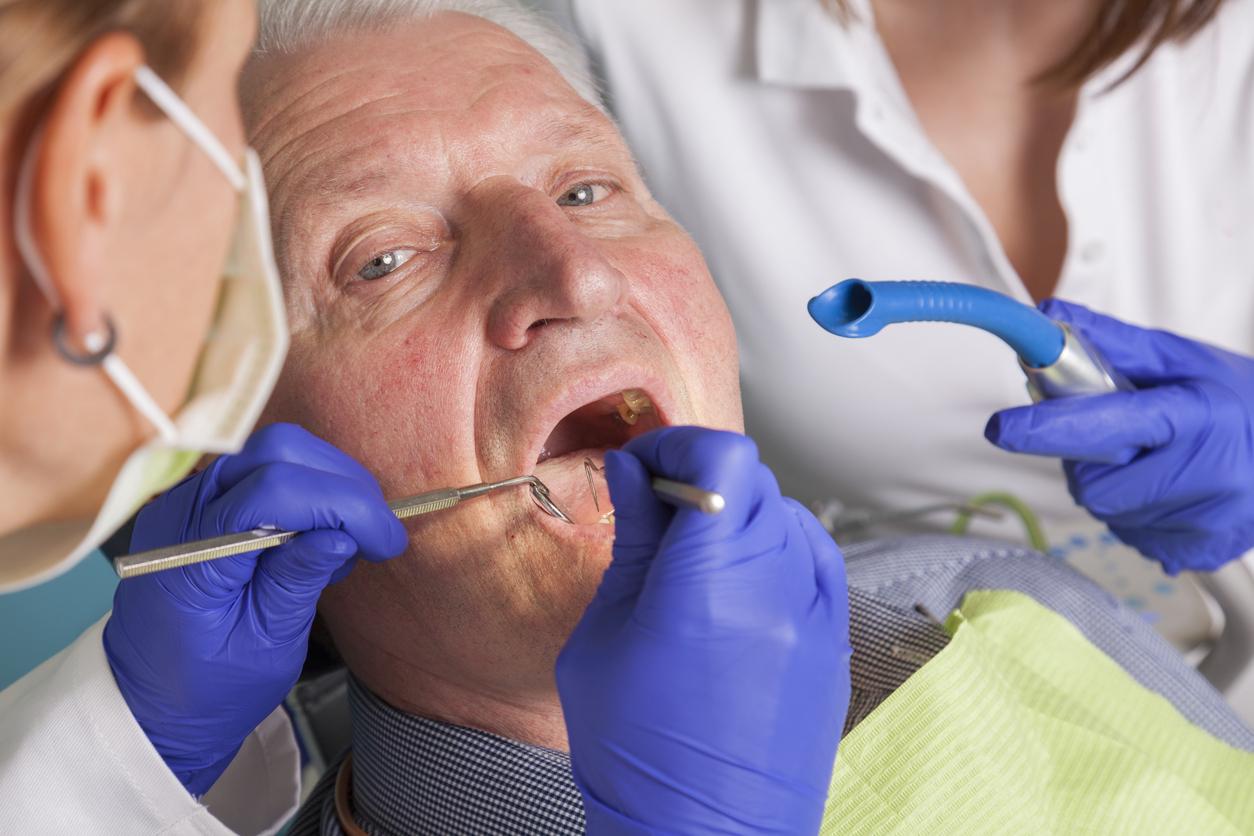Vietnam's health ministry over the weekend reported a human H9 avian flu case, which involves a 37-year-old man from Tien Giang province in the southern part of the country, according to official statements translated and posted by Avian Flu Diary, an infectious disease news blog.

The man's symptoms began on March 10, and 6 days later he sought care at a hospital in Ho Chi Minh City, where he was diagnosed as having severe viral pneumonia. Initial tests were positive for influenza A, but with gene segments similar to the H9 avian flu subtype. His sample was sent to the city's Pasteur Institute for follow-up testing and virus subtyping.
An investigation revealed that the man lived adjacent to a poultry market, but there were no reports of sick or dead birds near the family's home. No similar symptoms have been found during monitoring of the man's contacts, and no respiratory illness outbreaks have been reported in his community.
The ministry noted that 98 H9N2 cases have been reported in the Western Pacific region since 2015. Two of the infections were fatal, and both involved people who had underlying illnesses. It added that H9N2 has been found in Vietnamese poultry before. It is considered a low-pathogenic virus and usually causes only mild symptoms in birds.













